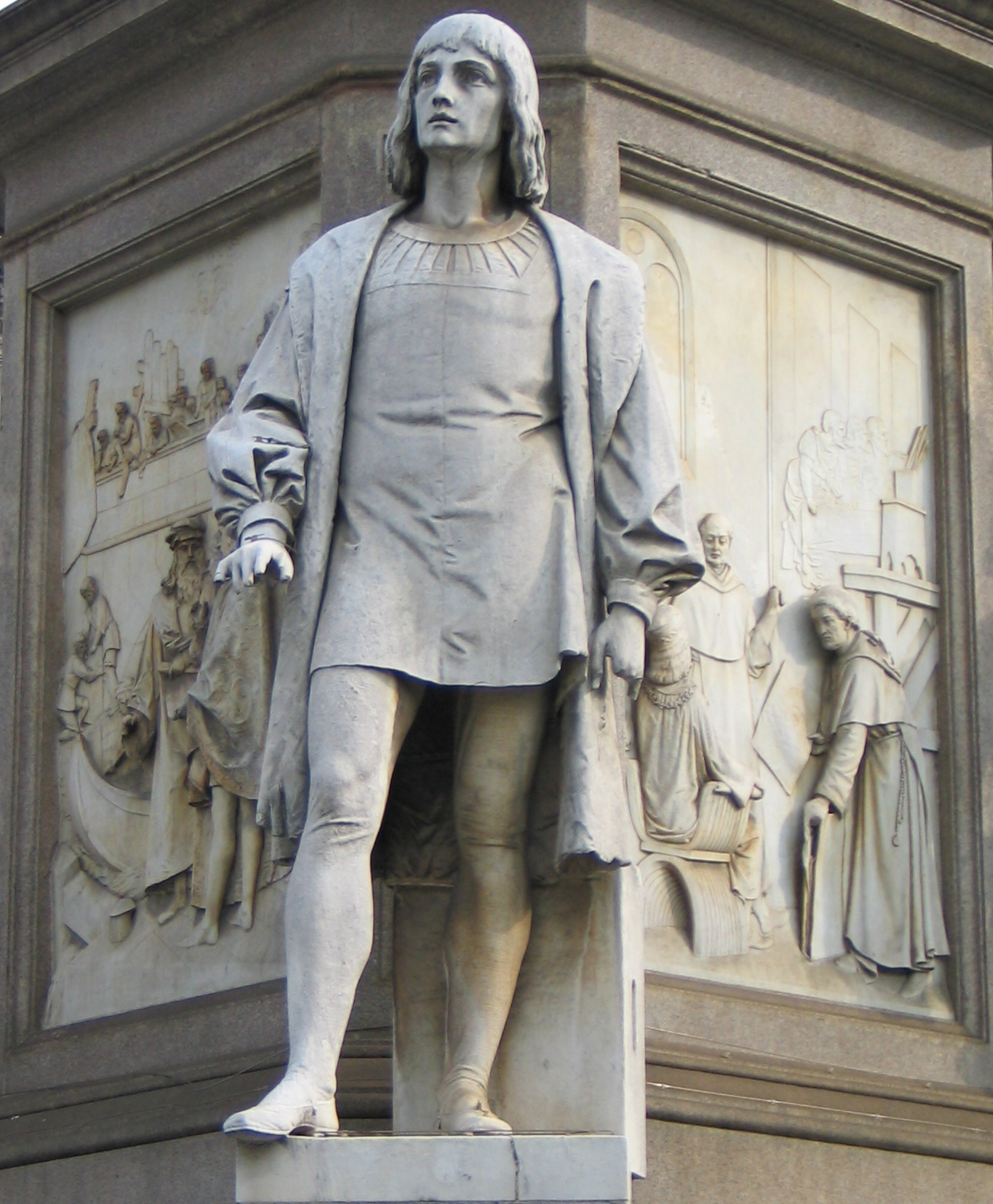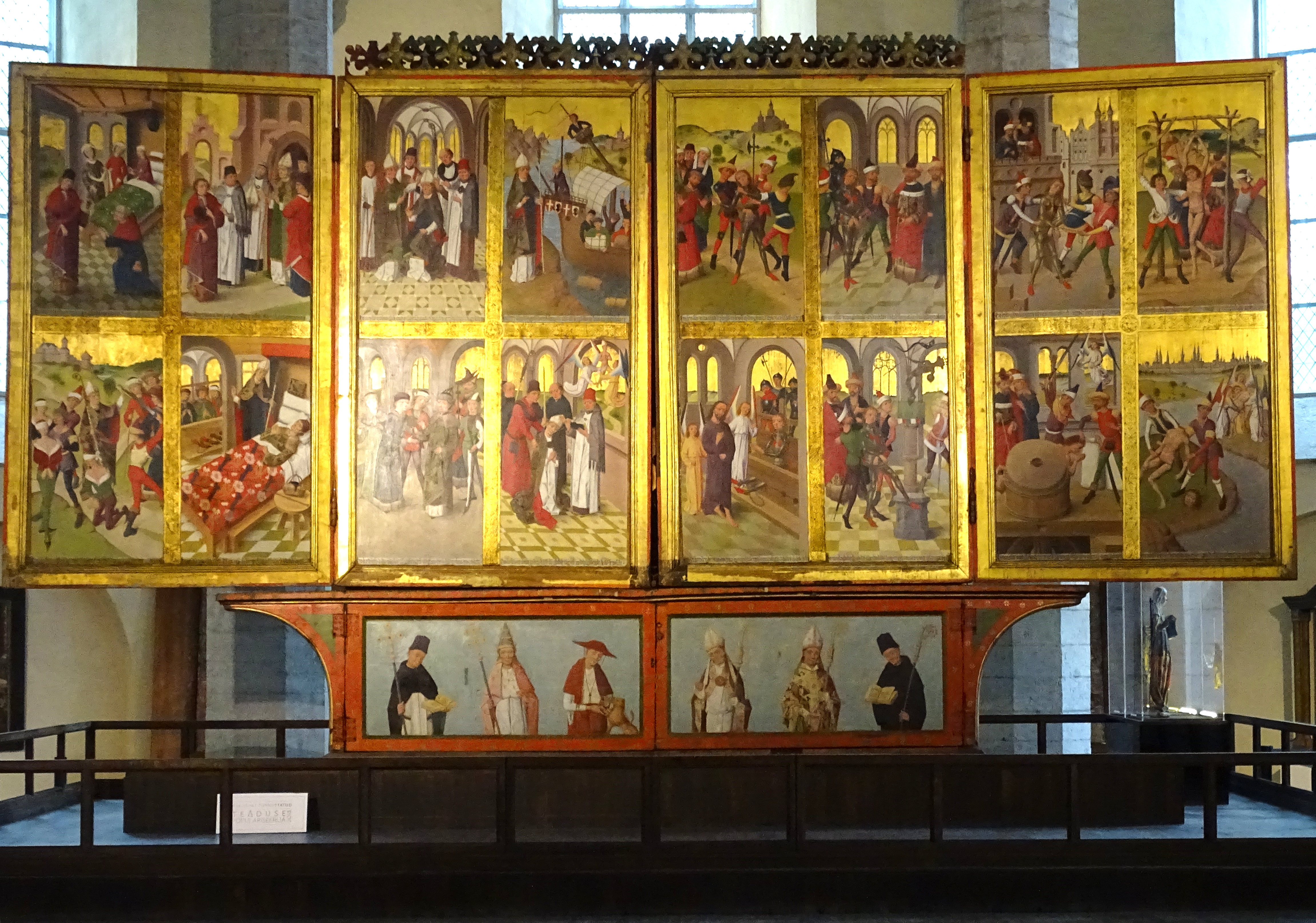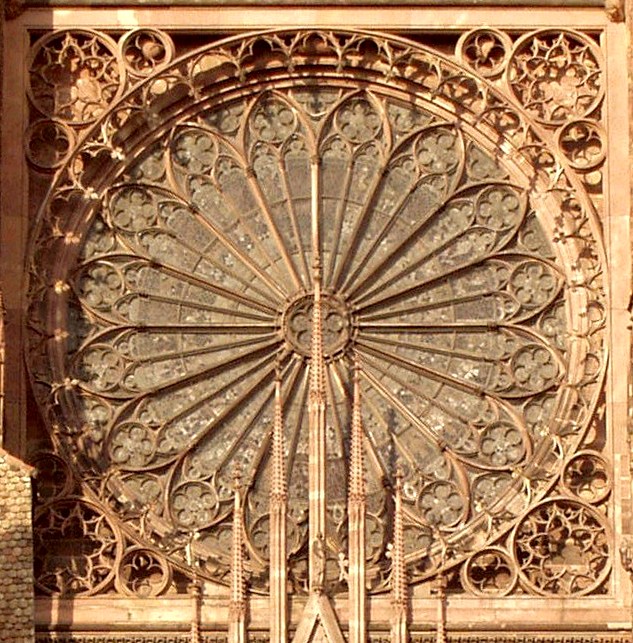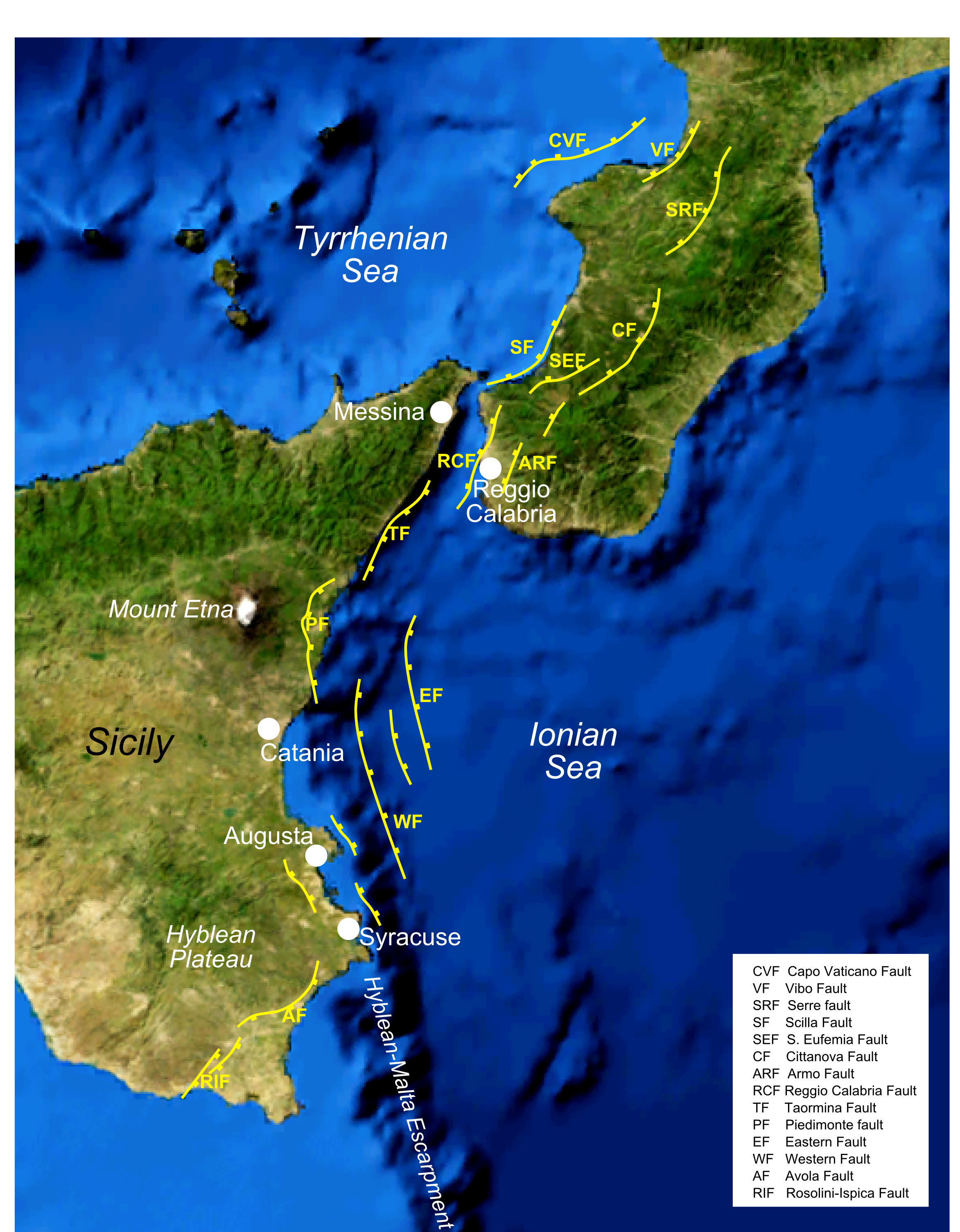|
Chiesa Del Carmine, Modica
The Chiesa del Carmine is a Roman Catholic church located on Corso Umberto in the town of Modica, province of Ragusa, Sicily, Italy. History A church at the site along with the convent of the Carmelites was established in Modica by 1390. Most of the church survived the 1693 Sicily earthquake, retaining some of the Gothic architecture, gothic and Romanesque architecture, romanesque elements, including the portal. Atop the portal is a carved rose window of Margaret of Cortona, Saint Margaret. On the left of the facade is the original bell-tower. The interior has a single nave with an apse delimited by pilasters rising to a pointed arch. The ribbed vaults of the roof and walls have traces of medieval frescoes. The interior houses the ''Pala di Sant'Alberto'', an altarpiece depicting this Carmelite Saint holding a book and lily in one hand, and a crucifix in the other. This altarpiece was likely a fragment of a larger 16th-century polyptych. Some attribute the work to Cesare da Sesto ... [...More Info...] [...Related Items...] OR: [Wikipedia] [Google] [Baidu] |
Chiesa Del Carmine, Or Santa Maria Dell'Annunziata, Church In Modica, Italy
Chiesa (Italian, 'church') may refer to: People with the surname *Andrea Chiesa (born 1966), Swiss Formula One racer *Anthony della Chiesa (1394–1459), Italian Dominican friar *Bruno della Chiesa (born 1962), European linguist *Deborah Chiesa (born 1996), Italian tennis player *Enrico Chiesa (born 1970), Italian footballer *Federico Chiesa (born 1997), Italian footballer, son of Enrico Chiesa *Gemma Sena Chiesa (1929–2024), Italian archaeologist *Giacomo della Chiesa (1854-1922), Italian bishop, became Pope Benedict XV *Giulietto Chiesa (1940-2020), Italian journalist and politician *Giulio Chiesa (1928-2010), Italian pole vaulter *Gordon Chiesa, American basketball coach *Guido Chiesa (born 1959), Italian director and screenwriter *Jeffrey S. Chiesa (born 1965), U.S. Senator; American lawyer; former Attorney General of New Jersey *Laura Chiesa (born 1971), Italian fencer *Marco Chiesa (born 1974), Swiss politician *Mario Chiesa (cyclist) (born 1966), Italian cyclist *Mario Chi ... [...More Info...] [...Related Items...] OR: [Wikipedia] [Google] [Baidu] |
Romanesque Architecture
Romanesque architecture is an architectural style of medieval Europe that was predominant in the 11th and 12th centuries. The style eventually developed into the Gothic style with the shape of the arches providing a simple distinction: the Romanesque is characterized by semicircular arches, while the Gothic is marked by the pointed arches. The Romanesque emerged nearly simultaneously in multiple countries of Western Europe; its examples can be found across the continent, making it the first pan-European architectural style since Imperial Roman architecture. Similarly to Gothic, the name of the style was transferred onto the contemporary Romanesque art. Combining features of ancient Roman and Byzantine buildings and other local traditions, Romanesque architecture is known by its massive quality, thick walls, round arches, sturdy pillars, barrel vaults, large towers and decorative arcading. Each building has clearly defined forms, frequently of very regular, symmetrical ... [...More Info...] [...Related Items...] OR: [Wikipedia] [Google] [Baidu] |
Antonello Gagini
Antonello Gagini (1478–1536) was an Italian sculptor of the Renaissance, mainly active in Sicily and Calabria. Antonello belonged to a family of sculptors and artisans, originally from Northern Italy, but active throughout Italy, including Genoa, Florence, and Rome. The family included his father, Domenico (1449–1492), also a sculptor. Antonello had five sons who were sculptors: Antonio (or Antonino; 1510s-1574), Fazio (1520s-1567), Giacomo (1517–1598), Giandomenico (1503-1560s), and Vicenzo (1527–1595). Antonello was born, in 1478, in Palermo, where the Gagini family had settled in 1463. Antonello is said to have aided MichelangeloKruft, Hanno-Walter (1975). Antonello Gagini as Co-Author with Michelangelo on the Tomb of Pope Julius II. The Burlington Magazine, 117(870), 598-601. in the sculptural work on the massive tomb of Pope Julius II in San Pietro in Vincoli, a project now known for the statue of Moses. One of Antonio Gagini's most notable works is the decorated a ... [...More Info...] [...Related Items...] OR: [Wikipedia] [Google] [Baidu] |
Annunciation
The Annunciation (; ; also referred to as the Annunciation to the Blessed Virgin Mary, the Annunciation of Our Lady, or the Annunciation of the Lord; ) is, according to the Gospel of Luke, the announcement made by the archangel Gabriel to Mary that she would conceive and bear a son through a virgin birth and become the mother of Jesus Christ, the Messiah and Son of God, marking the Incarnation. According to the Annunciation occurred in the sixth month of Elizabeth's pregnancy with John the Baptist. Many Christians observe this event with the Feast of the Annunciation on 25March, an approximation of the northern vernal equinox nine full months before Christmas, the traditional birthday of Jesus. The Annunciation is a key topic in Christian art in general, as well as in Marian art in the Catholic Church, having been especially prominent during the Middle Ages and Renaissance. A work of art depicting the Annunciation is sometimes itself called an ''Annunciation'' ... [...More Info...] [...Related Items...] OR: [Wikipedia] [Google] [Baidu] |
Cesare Da Sesto
Cesare da Sesto (1477–1523) was an Italian painter of the Renaissance active in Milan and elsewhere in Italy. Life Cesare da Sesto was born in Sesto Calende, Lombardy. He is considered one of the ''Leonardeschi'' or artists influenced by Leonardo da Vinci, such as Bernardino Luini and Marco d'Oggiono. He may have trained or worked with Baldassare Peruzzi in Rome in 1505. Of this period, a lunette in Sant'Onofrio and some paintings in Campagnano Romano are attributed to him. From 1514 he sojourned in Naples for six years. In 1515 he finished a monumental polyptych for the La Trinità della Cava at Cava de' Tirreni and produced '' Leda and the Swan'', a copy after Leonardo's own work on the subject. Back in Milan, he executed a ''Baptism of Christ'', in collaboration with Bernardino Bernazzano (Collezione Gallarati Scotti, Milan) and a ''Salomè'', acquired by Rudolf II and now at the Kunsthistorisches Museum of Vienna. In 1517 he returned to southern Italy. Sometime bet ... [...More Info...] [...Related Items...] OR: [Wikipedia] [Google] [Baidu] |
Polyptych
A polyptych ( ; Greek: ''poly-'' "many" and ''ptychē'' "fold") is a work of art (usually a panel painting) which is divided into sections, or panels. Some definitions restrict "polyptych" to works with more than three sections: a diptych is a two-part work of art; a triptych is a three-part work; a ''tetraptych'' or ''quadriptych'' has four parts. The great majority of historical examples are paintings with religious subjects, but in the 20th century the format became popular again for portraits and other subjects, in painting, photography, and other media. Historically, polyptychs were panel paintings that typically displayed one "central" or "main" panel that was usually the largest; the other panels are called "side" panels, or if hinged, "wings". Folding forms were much more common north of the Alps. Sometimes, as evident in the Ghent Altarpiece and Isenheim Altarpiece, the hinged panels can be varied in arrangement to show different "views" or "openings" in the piece, ... [...More Info...] [...Related Items...] OR: [Wikipedia] [Google] [Baidu] |
Margaret Of Cortona
Margaret of Cortona (1247 – 22 February 1297) was an Italian penitent of the Third Order of Saint Francis. She was born in Laviano, near Perugia, and died in Cortona. She was canonised in 1728. She is the patroness saint of reformed prostitutes; the falsely accused, hoboes, homeless, insane, orphaned, mentally ill, midwives, penitents, single mothers, stepchildren, and tramps. Life Margaret was born of farming parents in Laviano, a small village nestled in the rolling hills of Castiglione del Lago, in the diocese of Chiusi, and about halfway between Montepulciano and Cortona. When she was seven, Margaret's mother died and her father remarried. Margaret and her stepmother grew to dislike each other. As she grew older, Margaret became more wilful and reckless, and her reputation in the village suffered. At age 17 she was seduced by a young knight and ran away with him. According to some accounts, he was the son of Gugliemo di Pecora, lord of Valiano, 16 km away (10 mi), not far ... [...More Info...] [...Related Items...] OR: [Wikipedia] [Google] [Baidu] |
Rose Window
Rose window is often used as a generic term applied to a circular window, but is especially used for those found in Gothic cathedrals and churches. The windows are divided into segments by stone mullions and tracery. The term ''rose window'' was not used before the 17th century and comes from the English flower name rose. The name "wheel window" is often applied to a window divided by simple spokes radiating from a central boss or opening, while the term "rose window" is reserved for those windows, sometimes of a highly complex design, which can be seen to bear similarity to a multi-petalled rose. Rose windows are also called "Catherine windows" after Saint Catherine of Alexandria, who was sentenced to be executed on a spiked breaking wheel. A circular window without tracery such as are found in many Italian churches, is referred to as an ocular window or oculus. Rose windows are particularly characteristic of Gothic architecture and may be seen in all the major Gothic cathedr ... [...More Info...] [...Related Items...] OR: [Wikipedia] [Google] [Baidu] |
Gothic Architecture
Gothic architecture is an architectural style that was prevalent in Europe from the late 12th to the 16th century, during the High Middle Ages, High and Late Middle Ages, surviving into the 17th and 18th centuries in some areas. It evolved from Romanesque architecture and was succeeded by Renaissance architecture. It originated in the Île-de-France and Picardy regions of northern France. The style at the time was sometimes known as ''opus Francigenum'' (); the term ''Gothic'' was first applied contemptuously during the later Renaissance, by those ambitious to revive the Classical architecture, architecture of classical antiquity. The defining design element of Gothic architecture is the Pointed arch (architecture), pointed arch. The use of the pointed arch in turn led to the development of the pointed rib vault and flying buttresses, combined with elaborate tracery and stained glass windows. At the Abbey of Basilica of Saint-Denis, Saint-Denis, near Paris, the choir was rec ... [...More Info...] [...Related Items...] OR: [Wikipedia] [Google] [Baidu] |
Roman Catholic
The Catholic Church (), also known as the Roman Catholic Church, is the largest Christian church, with 1.27 to 1.41 billion baptized Catholics worldwide as of 2025. It is among the world's oldest and largest international institutions and has played a prominent role in the history and development of Western civilization. O'Collins, p. v (preface). The church consists of 24 ''sui iuris'' (autonomous) churches, including the Latin Church and 23 Eastern Catholic Churches, which comprise almost 3,500 dioceses and eparchies around the world, each overseen by one or more bishops. The pope, who is the bishop of Rome, is the chief pastor of the church. The core beliefs of Catholicism are found in the Nicene Creed. The Catholic Church teaches that it is the one, holy, catholic and apostolic church founded by Jesus Christ in his Great Commission, that its bishops are the successors of Christ's apostles, and that the pope is the successor of Saint Peter, upo ... [...More Info...] [...Related Items...] OR: [Wikipedia] [Google] [Baidu] |
1693 Sicily Earthquake
The 1693 Sicily earthquake was a natural disaster that struck parts of southern Italy near Sicily, then a territory part of the Crown of Aragon by the Kings of Spain Calabria and Malta, on 11 January at around 21:00 local time. This earthquake was preceded by a damaging foreshock on 9 January. The main quake had an estimated magnitude of 7.4 on the moment magnitude scale, the most powerful in recorded Italian history, and a maximum intensity of XI (''Extreme'') on the Mercalli intensity scale, destroying at least 70 towns and cities, seriously affecting an area of and causing the death of about 60,000 people. The earthquake was followed by a number of tsunamis that devastated the coastal villages on the Ionian Sea and in the Straits of Messina. Almost two-thirds of the entire population of Catania were killed. The Epicenter, epicentre of the disaster was probably close to the coast, possibly offshore, although the exact position remains unknown. The extent and level of destruction ... [...More Info...] [...Related Items...] OR: [Wikipedia] [Google] [Baidu] |
Carmelites
The Order of the Brothers of the Blessed Virgin Mary of Mount Carmel (; abbreviated OCarm), known as the Carmelites or sometimes by synecdoche known simply as Carmel, is a mendicant order in the Catholic Church for both men and women. Historical records about its origin remain uncertain; it was probably founded in the 12th century on Mount Carmel in the Holy Land. Names The Order of the Brothers of the Blessed Virgin Mary of Mount Carmel are also known simply as the Carmelites or the Carmelite Order. To differentiate themselves from the Discalced Carmelites (founded in 1562), who grew out of the older order but today have more members, the original Carmelites are sometimes known as the Carmelites of the Ancient Observance and very rarely the Calced Carmelites ( discalced being a reference to some religious orders going barefoot or wearing sandals instead of shoes). History Historical records about its origin remain uncertain, but the order was probably founded in the 12th c ... [...More Info...] [...Related Items...] OR: [Wikipedia] [Google] [Baidu] |








